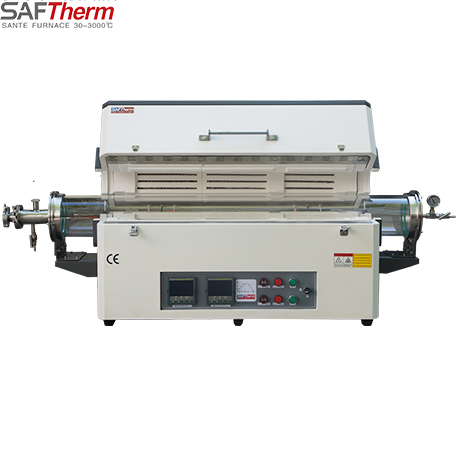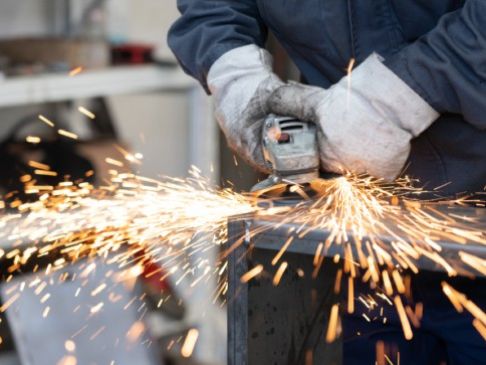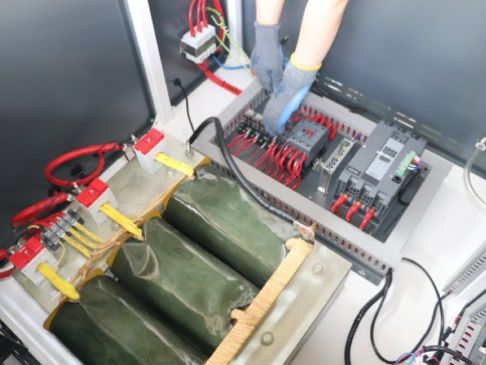Time:
Benefits of Horizontal Tube Furnaces
Now that we have recapped the basics, let us look at the main benefits of horizontal tube furnaces and how they enable leading-edge performance in specific application areas.
Unmatched Thermal Uniformity
The primary benefit of tube furnaces is their unmatched thermal uniformity. Workpieces in the hot zone are subjected to sustained temperatures of up to 1800°C (3272°F) across their full 360° axis. This guarantees completely consistent heat distribution throughout the chamber and thus across the total cross-section of the workpiece. Any small batch production process of thermally sensitive parts benefits from the outstanding uniformity of tube furnaces.
Zonal Heating
In a typical horizontal tube furnace, the central portion of the cylinder comprises the heating zone. A controlled thermal gradient spans to either end of the tube. Several options are available based on single and multi-zone cylindrical heaters, maximising end-usability. You can choose a single zone heater with water cooled end caps for optimal thermal uniformity in the smallest possible format. Or use a multi-zone tube furnace with fully definable temperature programmes for precise control of heating and cooling. With easily accessible end caps, this makes tube furnaces ideal for small scale materials tests.
Atmospheric Controls
With optional gas mixing and delivery systems, horizontal tube furnaces are ideal for thermal process with strict atmospheric requirements. Heating can be carried out under inert or reducing conditions, with precise mass flow controllers and programmable alerts supporting a range of important safety features. This is crucial for users across the full spectrum of lab and factory-based thermal processing.

Related News

ndustrial furnaces are used globally for a wide range of applications. As the selection of applications grew, different types of furnaces were developed to keep up with demands.
ASHING FURNACES
Ashing furnaces are used to determine the amount of ash that forms after a sample is burned. Typical materials used as samples in ashing furnaces are petroleum products, lubricating oils, and coal.

Our furnaces can be used in high-temperature tempering, annealing, quenching and other
Get A Free Quote
Submit Request